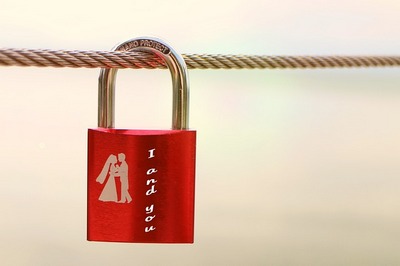Category Archives: history
‘The Little Exile’ is a terrific addition to the JA reading list
The historical story of the Japanese American incarceration during World War II is still not well-known in mainstream American culture and literature. When it comes to books, there are only a handful of books that are based on JAs’ wartime experience. After the groundbreaking, angry “No-No Boy” by John Okada in 1957, Jeanne Wakatsuki Houston’s […]
Vincent Chin’s murder 35 years ago galvanized a pan-Asian movement
On the night of June 19, 1982, 27-year-old Vincent Chin was celebrating his bachelor’s party with friends in a Detroit strip club. He got into an altercation with two white men, and both groups were thrown out. The two men tracked down Chin with the help of a third man and brutally beat him with […]
Why do people still hold hateful feelings for Japan from WWII?
I wasn’t surprised that anti-Japanese sentiments were expressed when Takuma Sato, a Japanese driver, won the Indianapolis 500 race — he is the first driver from Japan to take the flag. But I was shocked, and disappointed that the hateful sentiment was blurted by a journalist. In Denver, where I live. And that it was […]
A Japanese American perspective on Trump and Japan
Many Japanese Americans I know don’t pay much attention to Japan, which I think is a pity. I believe JAs should keep up with news from Japan, and travel to Japan. A lot. However, most JAs I know closely follow the news of Donald Trump’s presidency, and what he’s doing in the US. JAs – […]
